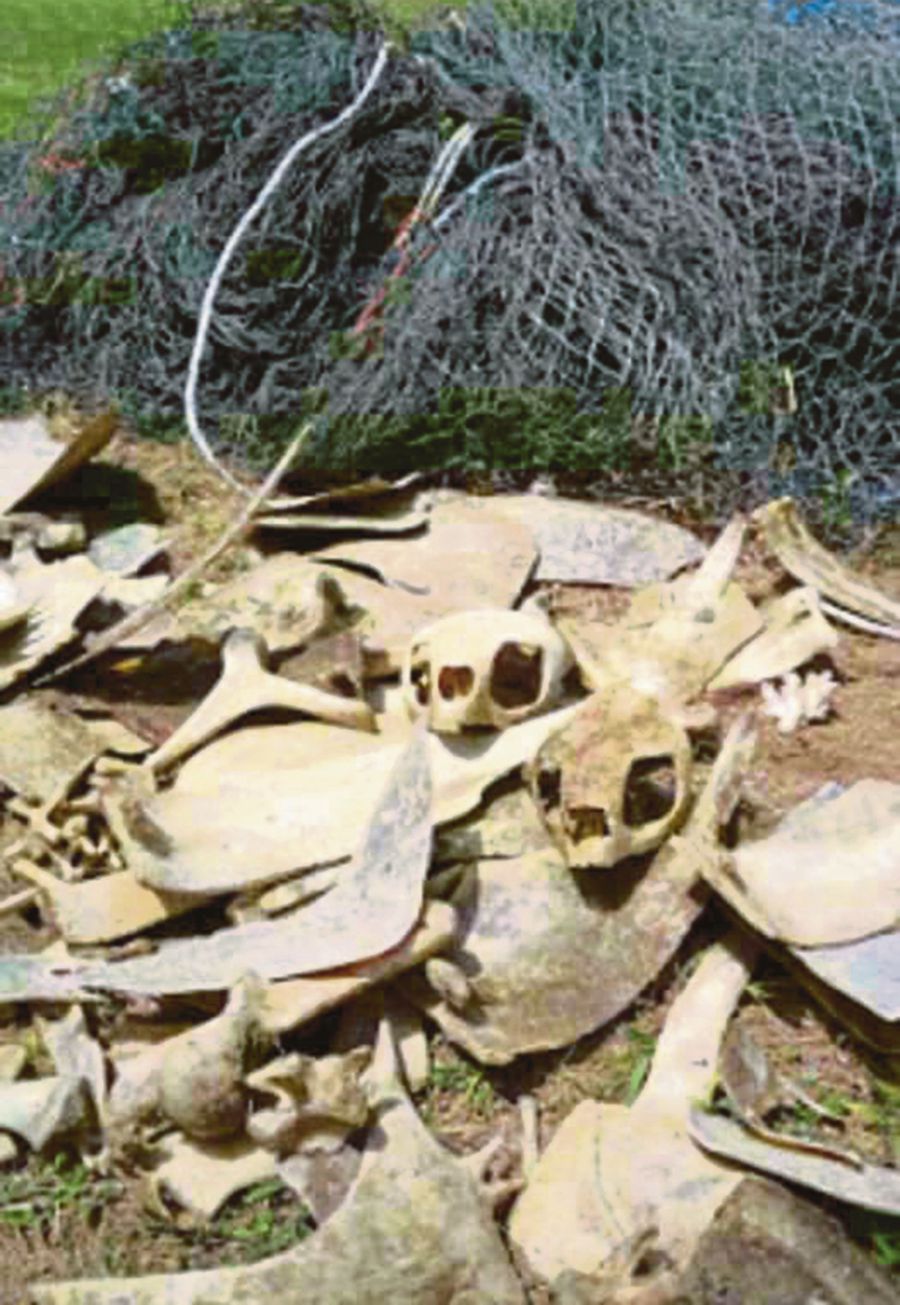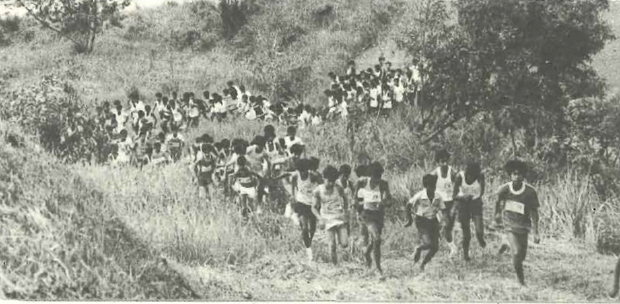THE Netflix documentary, Seaspiracy, launched harpoons swiftly and strongly. But it took more than a few arrows itself. And a couple of missiles.
It made many claims, among them, that the commercial fishing industry is harvesting the oceans to death.
It also says people are fixated on the plastic straw-in-the-seas problem, when in fact, discarded fishing gear is an equally if not graver threat to marine life.
Is this 'poison' also in Malaysian waters?
University of Malaya's Dr Amy Y. Then reflects on the potential damage that these nets can cause.
"Discarded nets pose a threat to marine life, mainly due to the ghost fishing effect where they continue to entangle for many years animals that include protected species such as turtles and dolphins.

"The nets can also cause physical damage to the reefs, and smother them by blocking access to sunlight."
But the senior lecturer in the Ecology and Biodiversity Programme at UM's Institute of Biological Sciences says the lack of data makes it hard to determine the impact of the problem.
Dr Nicolas J. Pilcher, executive director of the Marine Research Foundation in Kota Kinabalu since 2004, does not consider discarded fishing nets a big issue in Malaysia.
"Fishermen are loath to discard or lose their nets at sea because it is too expensive. Discarded nets are a problem, but do not rank as a priority problem."
Then says bad weather may sometimes leave fishermen with little time to haul in their nets fully and safely.

"Some may even throw illegal nets away to avoid being caught by enforcement officers."
Reef Check Malaysia, a non-governmental organisation based in Kuala Lumpur, provides information on the garbage removed from the nation's beaches and water from 2015 to last year.
Reef Check's senior programme manager, Alvin Chelliah, says fishing gear made up about 1.86 per cent of the total amount. This is far less than the 46 per cent in the Great Pacific Garbage Patch, as told by Seaspiracy.
"These ghost nets, like every other piece of garbage in the seas, come from just about anywhere. We have picked up plastic bottles with labels showing they are from China, Thailand and many other places.
"The nets do kill marine life. But I don't agree with Seaspiracy. You can't just dismiss all the other trash. There is still so much plastic waste out there," says Chelliah, who works in Tioman.
SUSTAINABLE FISHING
IS there such a thing as sustainable fishing? Seaspiracy says that's a pie in the sky.
In Malaysia though, UM's Then says we are trying to do something right.
"We have conservation zones, marine protected areas, fishing zones, and prohibitions on destructive and unsustainable fishing gear."
Another approach that we've adopted, she adds, is to determine the level of sustainable catch. This is done by the "fitting of mathematical models to fisheries data".
"It is known as maximum sustainable yield (MSY), which is used to set a quota for allowable catch in a given fishing season.
"The idea is that once the quota is reached, the fishery will close down. Unfortunately actual landings of these resources have exceeded the MSY estimates for many years."
That's not very encouraging, is it?
Pilcher believes Malaysia has a long way to go with regard to sustainable fishing.
To be sustainable means we don't fish to the extent there is none tomorrow, he says.
"So we need to have measures like a closed season, which will allow an area to rehabilitate itself."






